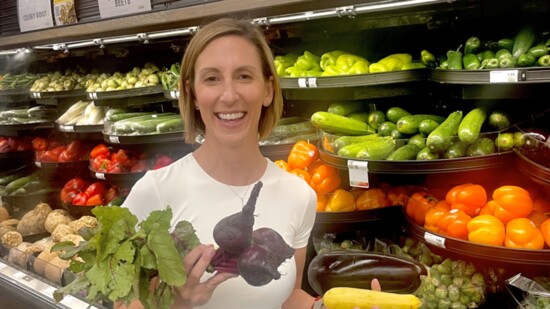When it comes to achieving a healthier lifestyle, the biggest hurdle isn't necessarily a lack of information. Health and wellness apps and the latest trends from fitness influencers can be easily accessed by anyone with a screen in their hand. The thing is, you are not just anyone.
Why a One-Size-Fits-All Meal Plan Won't Work
Many people struggle with the misconception that a healthy lifestyle requires extreme measures—either strict adherence to a diet or intense exercise regimens. As a nutritionist and exercise coach, I frequently encounter clients who ask for meal plans, but the truth is, a rigid meal plan alone isn't a silver bullet for long-term success. Why? Because each of us has unique food habits, preferences, and life demands.
Food to fuel your day... and sometimes that means Chick-fil-A.
Food and fitness is as personal as it is psychological. To create a sustainable and effective approach, we must first understand individual food habits and preferences. It’s not just about what you eat, but when and why you choose those foods. Life’s complexities—work, family, social commitments—mean that a one-size-fits-all meal plan often fails. Instead, finding a balance that fits seamlessly into your lifestyle is essential. For instance, if you find yourself grabbing a quick restaurant meal on the go while juggling family activities, it's about knowing how to make healthier choices from that menu and controlling portion sizes, rather than avoiding fast food altogether. Frozen meals, like a Blue Zone Kitchen Burrito Bowl, are great choices.
Yes, you can eat that.
A key component to a balanced approach is recognizing that no food is inherently "bad." Deprivation can lead to cravings and guilt, which disrupts progress. The goal is to cultivate a healthy relationship with all foods, allowing for occasional indulgences without derailing your overall progress. Moderation, rather than strict restrictions, is more effective in the long run.
Less watching. More walking.
Equally important is exercise, which should complement your nutritional choices. Resistance training is particularly beneficial for building lean muscle mass, which boosts metabolism and supports weight management. For those who find it challenging to stick to a workout schedule, incorporating simple activities like walking during your children’s sports practices can be a great way to start to incorporate activity without feeling overwhelmed. In fact, walking around the track instead of sitting on the bleachers can improve your physical and mental health.
Balancing Nutrition and Exercise
While exercise is vital for overall health, you can’t “outrun the fork.” When starting out, it is important to understand current habits so that we can track progress. Tools like food logs and apps like MyFitnessPal can be useful for providing detailed insights into nutritional intake. Working with a coach then provides you the additional insight and tools needed to make the changes to reach your unique goals. It is important not to become fixated on daily numbers. It’s not about being perfect every day but rather maintaining consistency over time.
Ultimately, a successful nutrition and exercise plan is about finding a personalized approach that fits your life. And while you are being mindful of which food to choose, remember, be kind to yourself—progress is a journey, not a destination.
Follow Katie on IG @KTElizabethwellness and join Katie on Saturday, October 19th at 9:00 am for a free 45 minute yoga session (bring your mat), and healthy nutrition based conversation at Hello Juice in Kirkwood.
"You need food to fuel your day. And sometimes that means Chick-fil-A. And that's ok." - Coach Katie.
